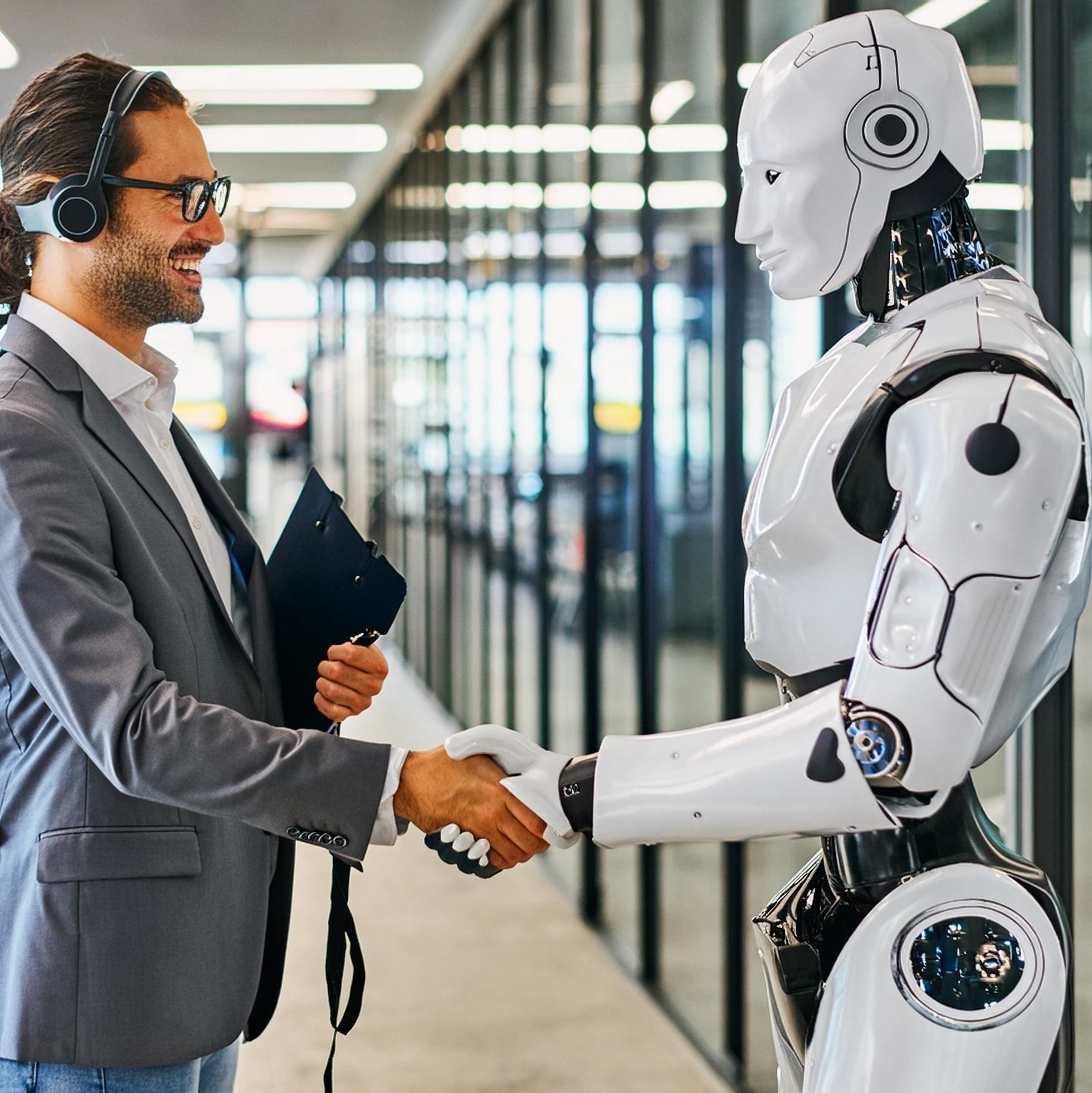
The business world is buzzing with excitement over the potential of AI, particularly the emergence of “AI Agents” and “AI Copilots”. These terms might seem interchangeable at first glance, but they represent fundamentally different approaches to integrating AI into the workplace.
At Klark, our vision is not to replace humans but to harness AI in service to humanity. We believe that AI is here to empower humans, not replace them.
The reliability offered by machines allows us to alleviate humans from repetitive, ordinary, and stressful tasks. By delegating these tasks to AI, we free our employees to focus on high-value activities that truly require human flexibility and intelligence. This approach not only enhances productivity but also enriches the work experience, fostering a more innovative and engaged workforce.
Understanding the distinction between AI Agents and AI Copilots can help businesses make strategic decisions about how to best leverage AI for their needs.

AI Agents: think of AI Agents as autonomous workers. They’re designed to fully take over specific roles that humans typically do. AI Agents can perform tasks, make decisions, and take actions all on their own, without needing any human help. The idea is to completely replace human effort in certain jobs, which can lead to big cost savings and efficiency improvements in the short term.
AI Copilots: on the other hand, AI Copilots are like trusty sidekicks for humans. They don’t replace people. Instead, they work alongside them to make their jobs easier. AI Copilots provide assistance, insights, and help automate repetitive tasks. The goal here is collaboration, boosting the productivity and effectiveness of human workers.
One might assume that both AI Agents and AI Copilots offer equally appealing benefits. However, in scenarios where tasks are highly repetitive, standardized, and do not require human intuition or creativity, AI Agents might be a better fit.

While AI Agents present a compelling case, AI Copilots also have their place. In fact, practical business considerations often make AI Copilots a more attractive option.

When it comes to implementing AI in your business, starting with the low-hanging fruit (those opportunities that are easiest to pick and can deliver significant benefits quickly) makes a lot of sense.
In 2024’s tech landscape, the best candidates for AI implementation are roles that are both numerous and monotask-oriented. These roles are simpler to automate with current technology and can have a substantial impact on a company’s operations. However, while this approach offers clear benefits, it’s essential to consider the human element and implement changes thoughtfully and gradually.

Monotask roles are jobs that involve repetitive, straightforward tasks. These tasks follow a set pattern or routine, making them ideal candidates for automation using current AI technology. Examples include data entry, simple customer service interactions, and routine administrative tasks.
Numerous roles that require a large number of employees, such as call center operations or basic manufacturing tasks, can benefit greatly from automation. Automating these roles can lead to substantial cost savings and productivity gains due to the scale of the operation.
While automating single-tasking roles is practical and beneficial, it's essential to approach this transition in a considered way.
The debate between AI Agents and AI Copilots is not about which is superior but about which is more suitable for a given business context.
Companies must carefully evaluate their needs, considering factors such as task complexity, the value of human expertise, and the potential for cost savings. By strategically deploying AI Copilots and AI Agents where they are most effective, businesses can harness the full potential of AI to drive growth and efficiency.

However, it’s essential to balance efficiency gains with the human impact of such changes. By taking a gradual approach, providing support for displaced workers, and focusing on long-term strategies that create new opportunities, businesses can harness the power of AI responsibly. This nuanced approach ensures that AI serves as a tool for empowerment and growth, benefiting both the company and its employees.
At Klark we dream of a world where technology and humanity coexist harmoniously, driving innovation and growth while maintaining the invaluable human touch. Our approach ensures that AI serves as an enabler of human potential, fostering a future where both technology and people thrive together.
Nicolas, co-founder of Klark⚡️





